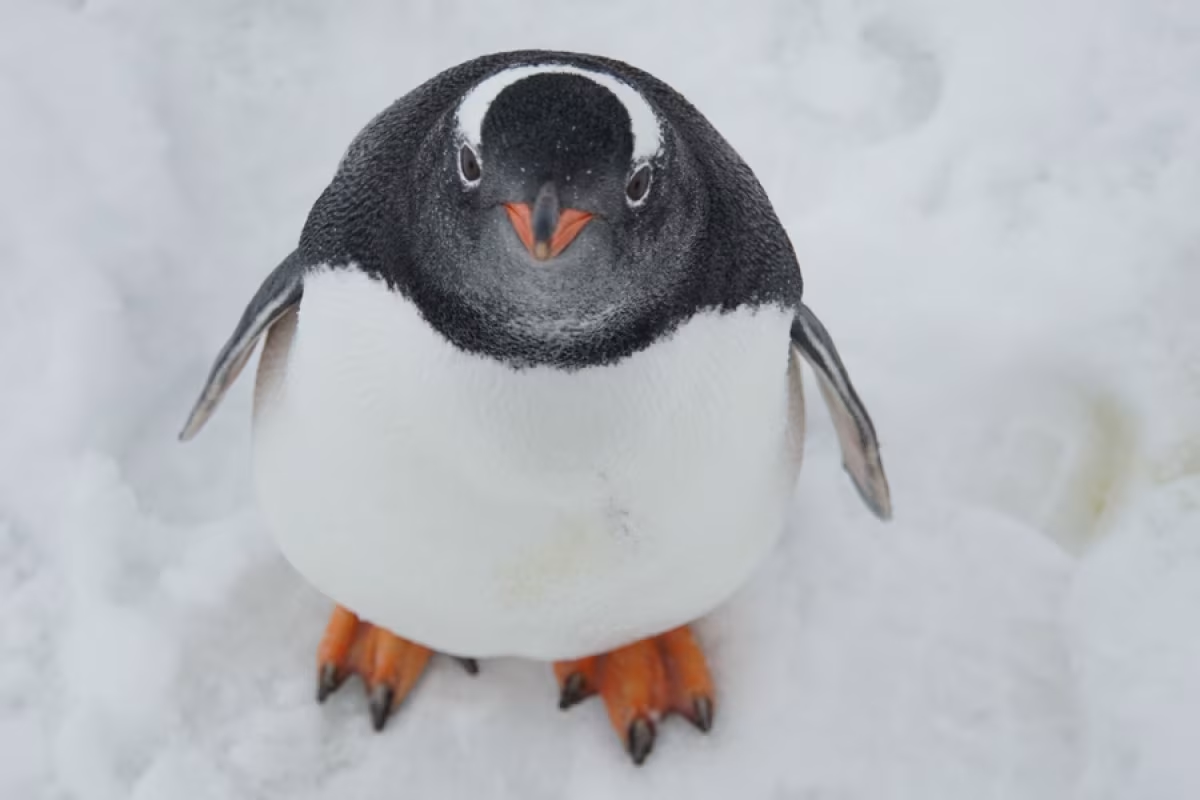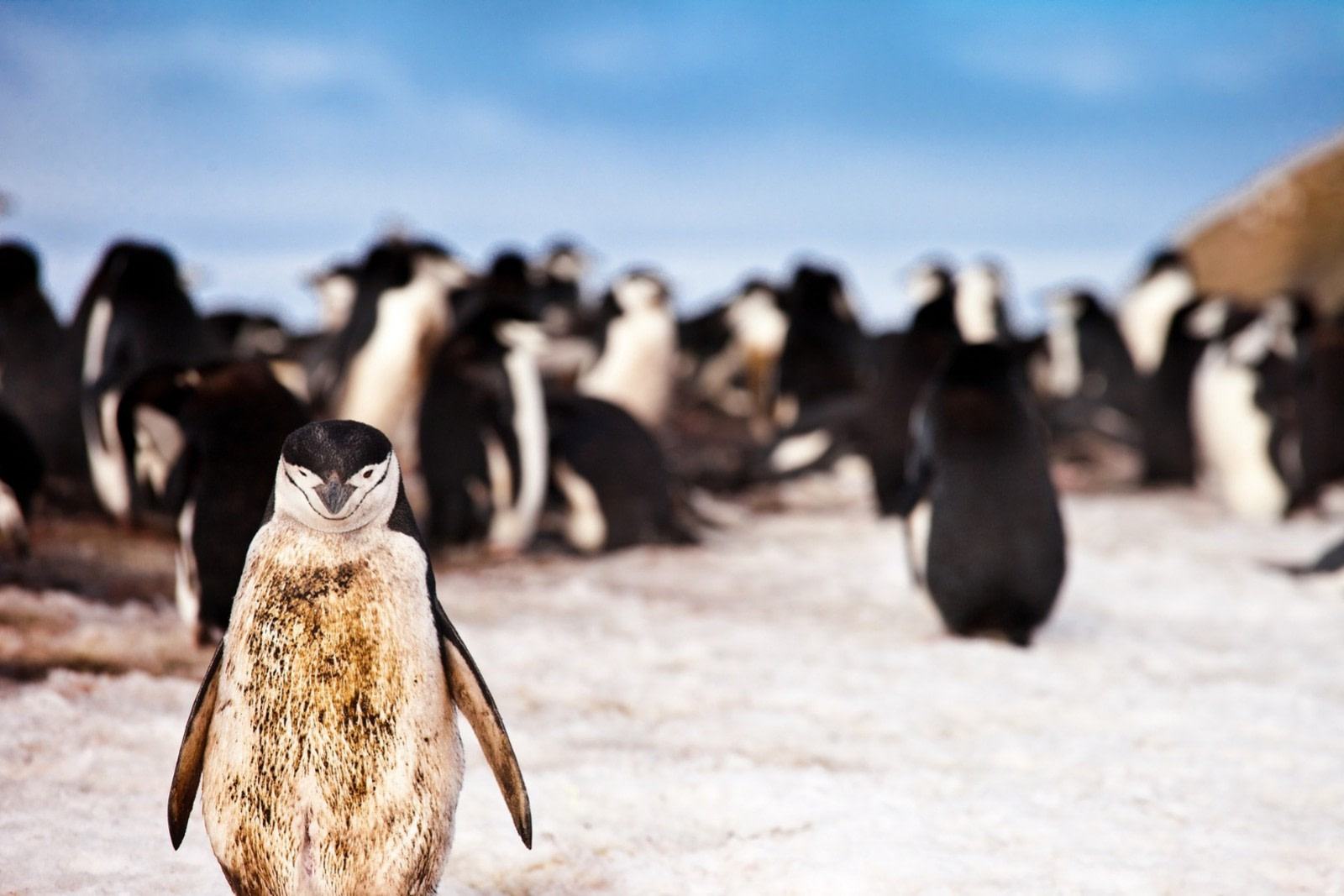Species, habitat, and other prime penguin facts
Around 50 million years ago, Antarctica was breaking away from the massive supercontinent of Gondwana and penguins were forming their own species. They were originally native to warmer climates, but they began adapting to the cooling temperatures of Antarctica as they made their way farther south.
There are 17 penguin species on the planet today, but only eight species of penguin can be seen in Antarctica and the sub-Antarctic islands: chinstraps, emperors, Adélies, gentoos, kings, Magellanics, rockhoppers, and macaronis. Here we discuss the most common penguin facts that unite all species of our favorite flightless seabird.
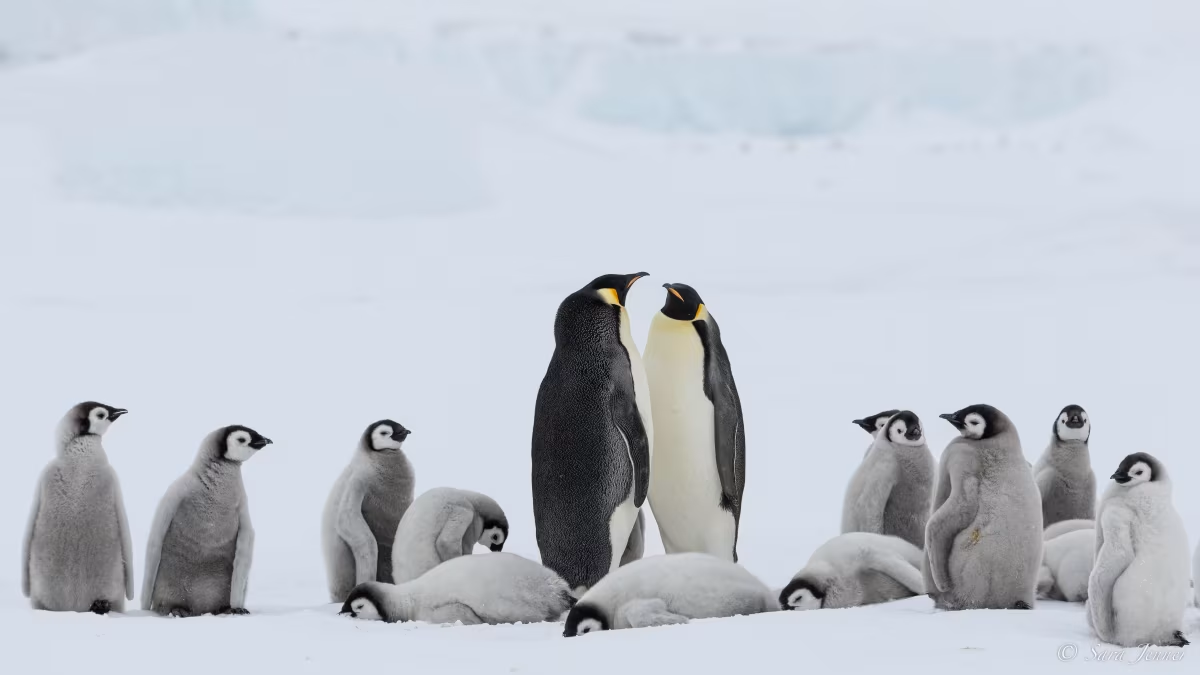
1. Penguins are flightless seabirds
As mentioned, penguins are flightless birds that are at home on both land and sea. Unlike flying birds, which molt and replace feathers slowly so that they can remain airborne, penguins molt all at once over a period of two to five weeks during the austral summer.
This sudden molting lets penguins head back to sea without any loss of insulation. Molting is important for penguins, since they lose a lot of feathers by preening, rubbing against other penguins, and coming into contact with the water and terrain. Once molting is done and new feathers appear, penguins are ready to head out to sea.
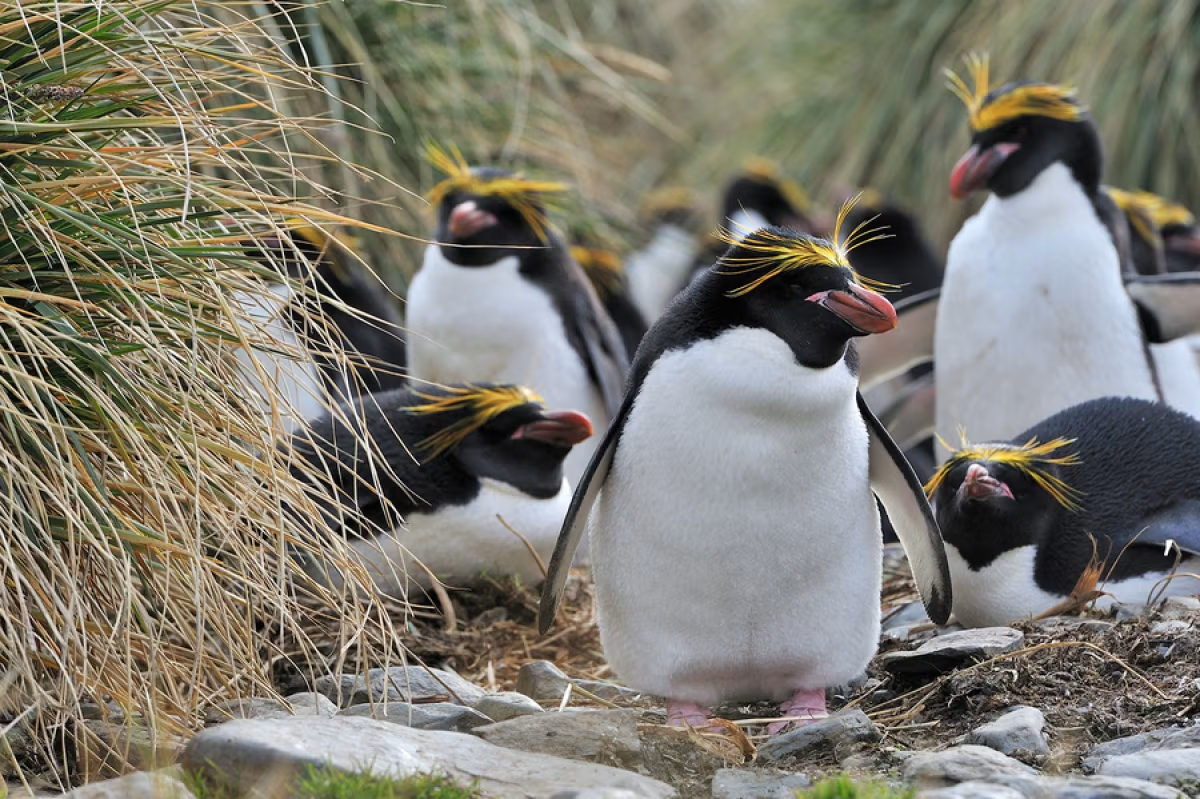
2. Swimming is a particular penguin talent
An equally important fact about penguins is that they have evolved their wings into flippers that make them great swimmers. They have well-developed breast and wing muscles to push through dense water. To help with the effort of swimming, the hemoglobin in penguin blood is adapted to transport large volumes of oxygen.
A large volume of myoglobin is also present in their muscle tissues, allowing penguins to store oxygen efficiently underwater. They swim with their heads tucked near to their shoulders and feet close to their tails, keeping their body compact for minimal water resistance. Penguins can see better underwater than on land.
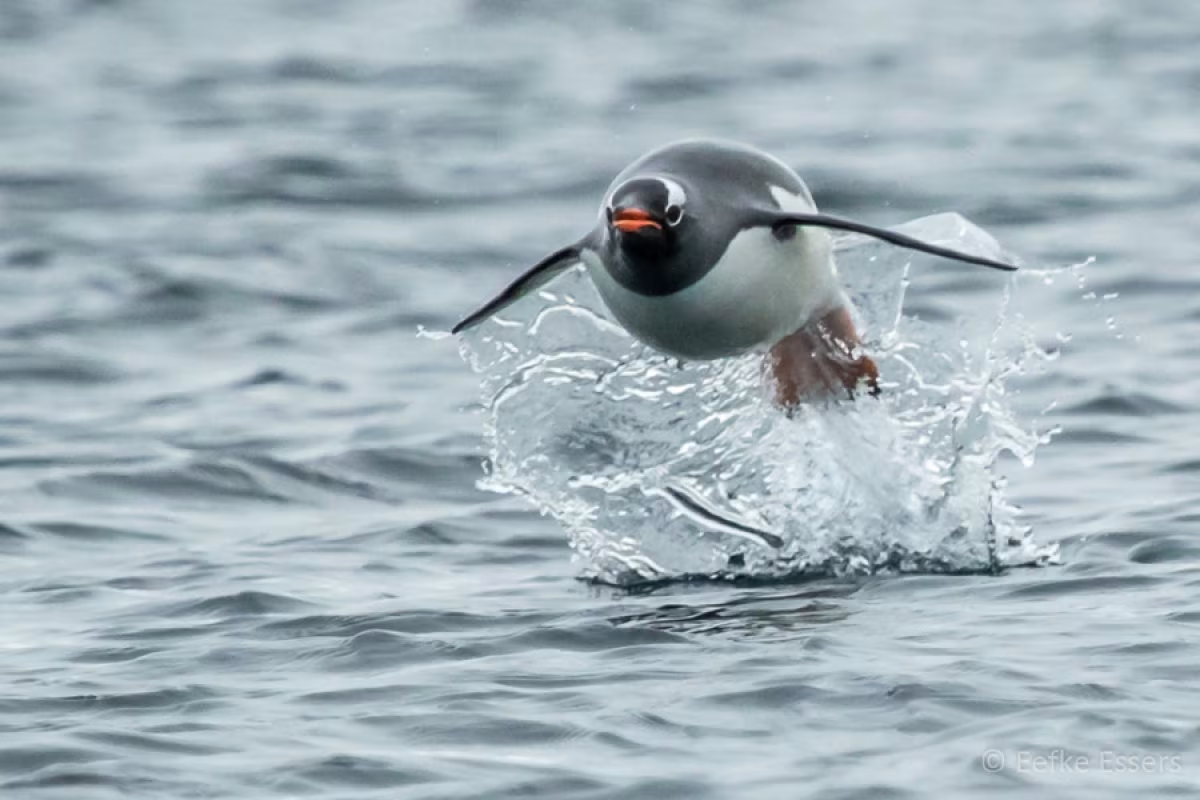
3. Penguins have an open diet
It is perhaps a well-known fact about penguins that they like to eat krill, a shrimp-like creature that whales also prefer. But penguins will also feed on squid and fish. During the summer, the more southerly penguin species tend to eat Antarctic silverfish, the most abundant small fish in the shallow coastal waters off the Antarctic continent.
King penguins and emperor penguins, two of the most cherished animals sometimes seen during our Antarctica cruises, like to feed on lantern fish in addition to krill. Emperor penguins are particularly determined to catch food and are known to forage several hundred kilometers from their colonies.

4. Breeding takes place in large penguin colonies
On land, penguins form large colonies that can sometimes contain up to a million nesting pairs. They travel to and from these colonies by walking, swimming, or sliding on their bellies. It is perhaps a less-known fact about Antarctic penguins that they migrate to their colonies only after they have stored up sufficient body fat to keep them alive once the pack ice becomes too thick to regularly feed.
Penguins arrive at their breeding colonies in early October. Males arrive first, and colonies reach peak population around early November. It takes between one and 12 days for mates to pair up, and between one and three eggs are laid per breeding pair.

5. Penguins drink salty water
Most penguins live in environments in which there is little or no fresh water, so they have adapted ways to keep their salt levels balanced. Penguins have a supraorbital gland near their eyes that filters salt out of their systems. As blood passes through the gland, it traps salt before it can travel through the rest of their body. This excess salt mixes with moisture inside their gland, travels down their nasal passage, and drips out of the penguin’s nose.
Even so, penguins usually prefer to drink fresh water when they can find it: Rockhopper penguins, sometimes seen on our Falkland Islands trips, tend to live around freshwater sources rather than drink from the sea.

6. Deep dives are a distinct penguin adaptation
Penguins are generally great divers, but emperor penguins make the deepest and longest dives of all the penguin species. They can dive for 20 - 30 minutes at a time and reach depths of around 500 meters (over 1,600 feet). To stay underwater that long, penguins have developed the ability to control how and when their muscles use oxygen. They can choose to either starve their muscles for oxygen or give them a boost to keep their muscles working during long dives.
To understand how emperor penguins in particular can dive for such long periods, scientists in McMurdo Sound designed special probes to monitor several penguins’ muscles during dives. In 50 recorded dives ranging between 7 – 64 meters (23 – 210 feet) deep, the penguins stayed underwater anywhere from 2.3 – 11.4 minutes.
During the penguins’ deeper dives, researchers found that the emperors selectively sent extra oxygen from their blood into their muscles. They can only do this for short periods of time, however, until blood oxygen levels become too low for the rest of their body. When this happens, penguins have to come back to the surface for air.
The downside of this penguin fact is that the adaptation leads to lactic acid build-up, so penguins will only do it if the prize (a good dinner) is worth it.
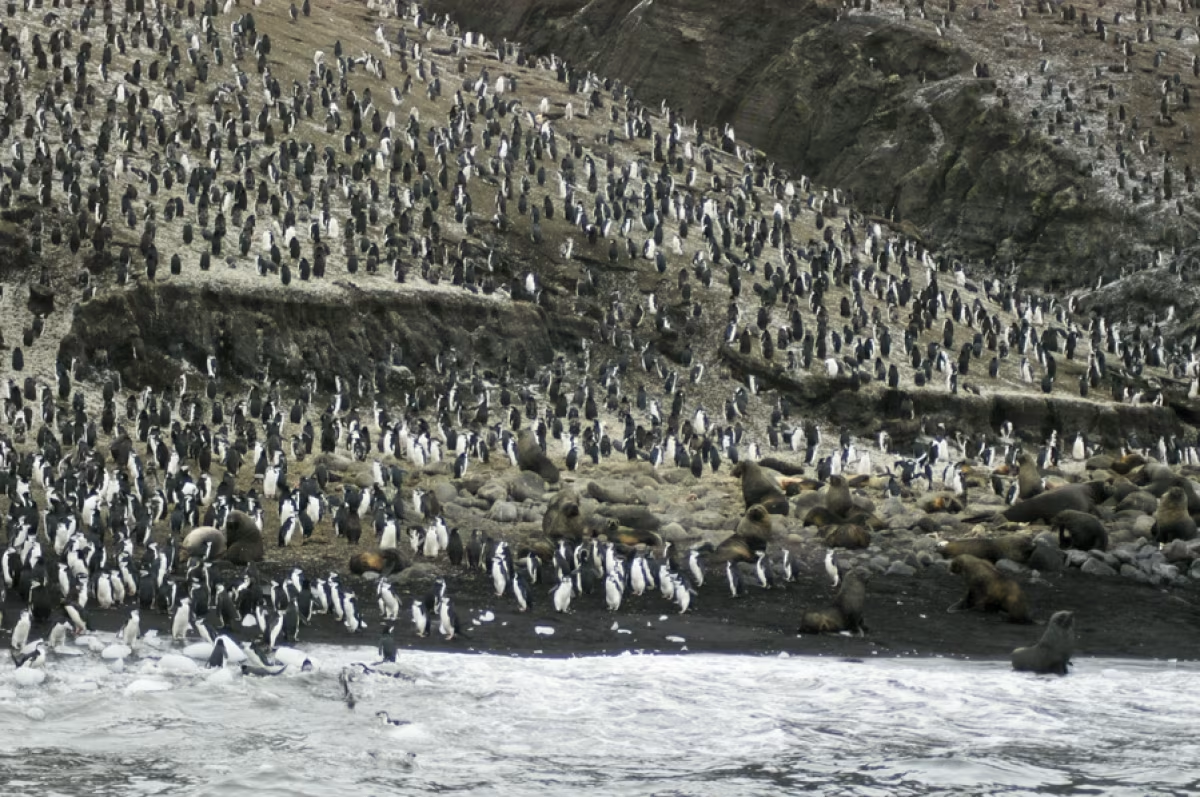
7. Penguin feet don’t freeze on the ice
It may seem like an obvious fact about Antarctic penguins that they have adapted to stay warm in supremely cold environments, but fewer people know how distinctly well-adapted their feet are to such temperatures. To keep their feet from freezing, penguins have special arteries in their legs that can adjust blood flow in response to foot temperature, enabling them to send just enough blood to their feet to keep them from freezing.
To maximine their use of their own heat, the warm blood on the way to their feet passes the blood that is coming back up to their bodies, resulting in the warmer blood heating the colder blood before it continues down to their feet. But because most of a penguin’s body is warm and waterproof due to their fat and feathers, they can easily overheat on sunny days. To stay cool, penguins let heat escape from their beaks and (not too surprisingly) their feet.
For more species-specific Antarctic penguin facts, check out our fascinating Eight Great Penguin Species of Antarctica article.
